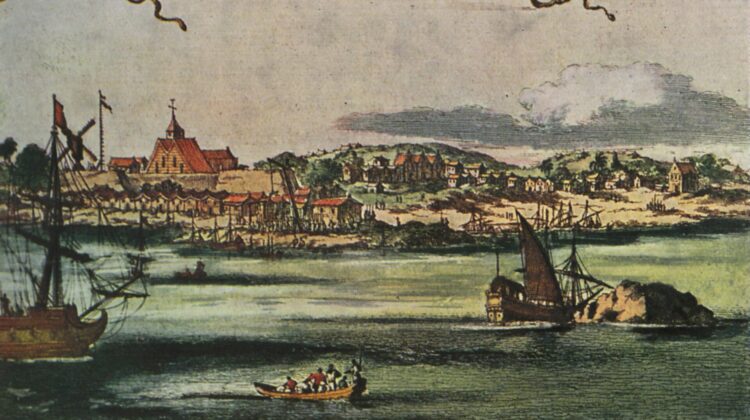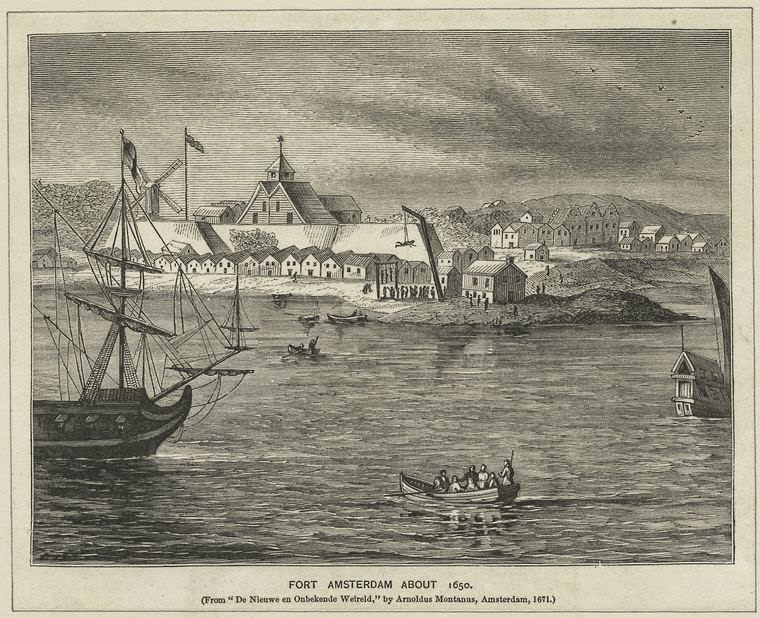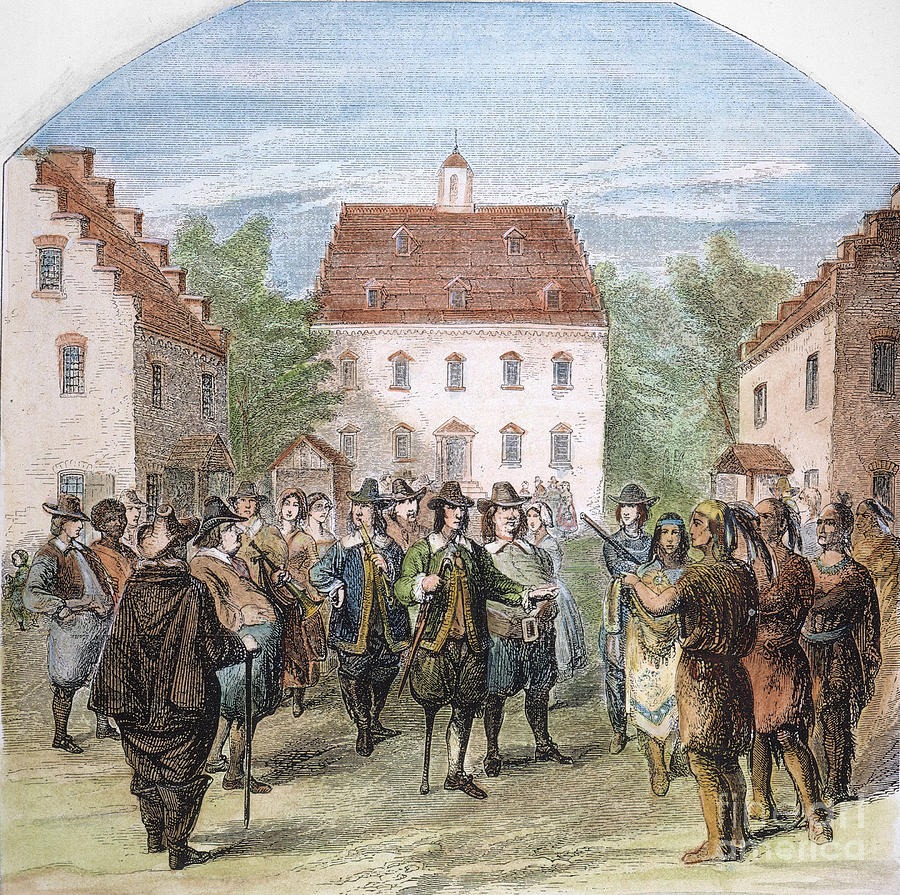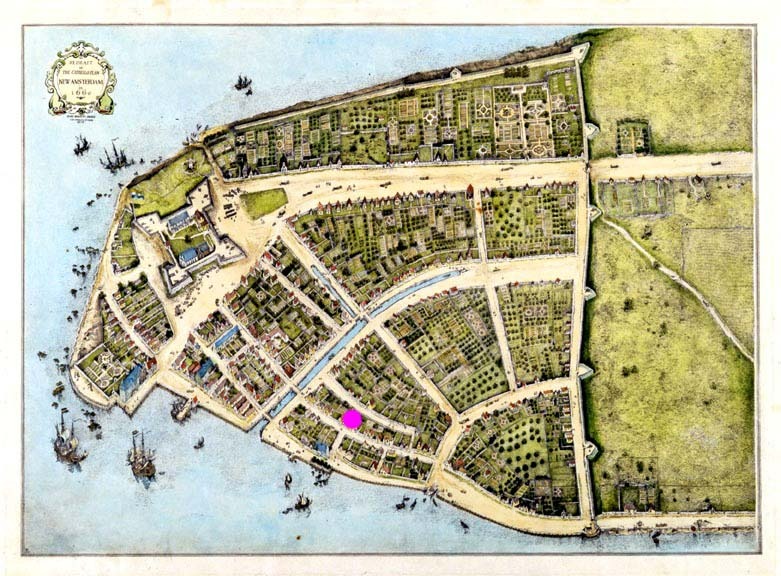
In the early 17th century, the Dutch established the vibrant city of New Amsterdam at the southern tip of Manhattan Island, serving as the colonial epicenter of New Netherland. What began as a trading factory around Fort Amsterdam evolved into a bustling settlement, strategically positioned to safeguard the Dutch West India Company’s fur trade operations along the North River (Hudson River).

By 1664, New Netherland’s population had swelled to nearly 9,000, with 2,500 residing in the thriving city of New Amsterdam. However, the city’s fate took an unexpected turn on September 8, 1664, when it underwent an overnight metamorphosis into New York. This renaming was a tribute to the Duke of York, later James II of England, in recognition of the English capturing the city in his name.

In a pivotal moment in 1667, the Dutch relinquished their claim to New York and the entire colony. In exchange, they gained control of the Spice Islands. The question lingers: was it a favorable deal? The allure of spices adds an intriguing layer to the story, leaving us to ponder the nature of this exchange. What spices were coveted, and what motivated the Dutch to part with their flourishing New Amsterdam?

As historical narratives often unfold, a peculiar detail emerges: a man hanging in the midst of the picture. This enigmatic element invites further exploration, sparking curiosity about the events surrounding this visual artifact from the past. The journey from New Amsterdam to New York is not just a tale of geopolitical transitions but a captivating saga that raises questions about trade, power dynamics, and the spice-laden decisions that shaped the course of history.







Leave a Reply